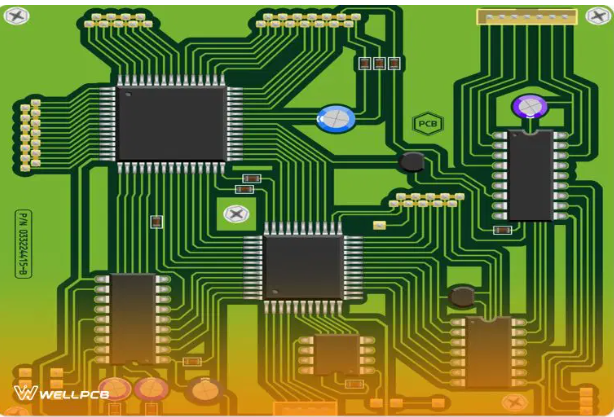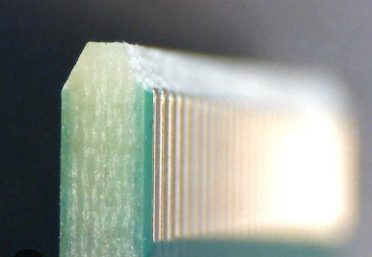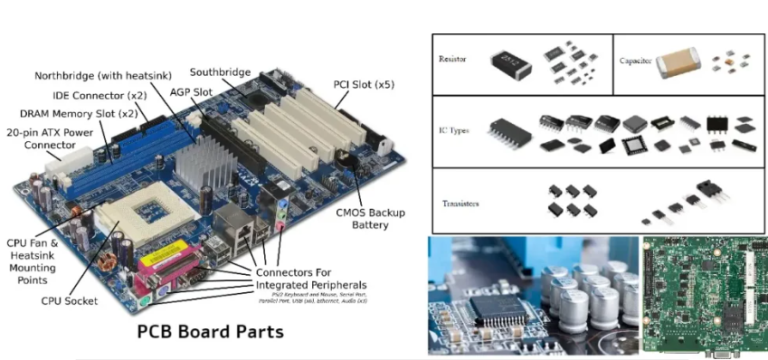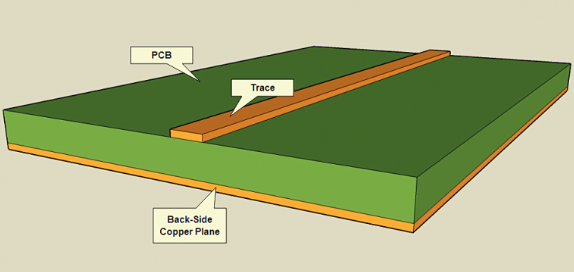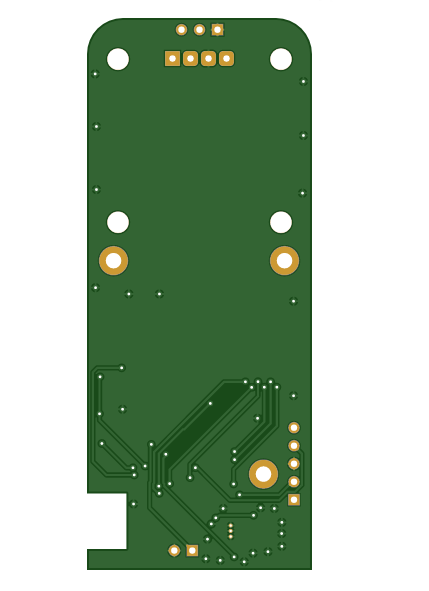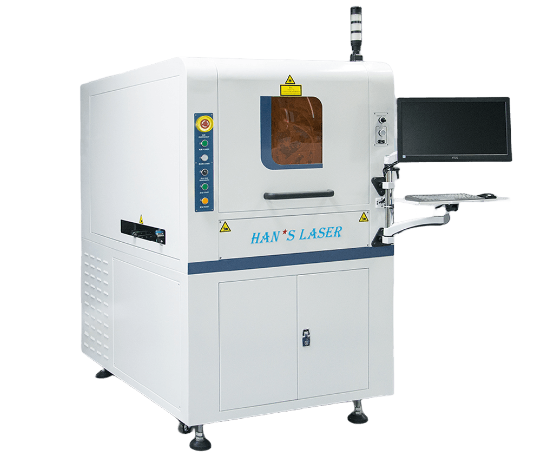Pcb layout
Best Practices For Pcb Layout Design
Printed Circuit Board (PCB) layout design is a critical aspect of electronic engineering, requiring meticulous attention to detail and adherence to best practices to ensure optimal performance and reliability.
The process begins with a comprehensive understanding of the circuit’s requirements and constraints, which includes the electrical, mechanical, and thermal considerations. A well-thought-out PCB layout can significantly enhance the functionality and longevity of the final product.
One of the fundamental best practices in PCB layout design is to prioritize component placement.
Proper placement is crucial as it directly impacts the board’s performance and manufacturability. Components should be arranged logically, with related components placed close to each other to minimize signal path lengths and reduce potential interference. For instance, placing decoupling capacitors near their respective integrated circuits (ICs) can help in filtering out noise and stabilizing the power supply.
Transitioning from component placement, the next critical step is routing the traces.
Efficient trace routing is essential for maintaining signal integrity and minimizing electromagnetic interference (EMI). It is advisable to use the shortest and most direct paths for high-speed signals to reduce latency and potential signal degradation. Additionally, maintaining consistent trace widths and spacing can help in managing impedance and ensuring reliable signal transmission. For differential pairs, such as those used in high-speed data lines, it is important to route them together with equal lengths to maintain signal integrity.
Another best practice involves the use of ground planes and power planes.
These planes provide a low-impedance path for return currents and help in reducing noise and EMI. A continuous ground plane can act as a shield against external noise and improve the overall electromagnetic compatibility (EMC) of the PCB. It is also beneficial to separate analog and digital ground planes to prevent noise from digital circuits from affecting sensitive analog components.
Thermal management is another critical aspect of PCB layout design.
Components that generate significant heat, such as power transistors and voltage regulators, should be placed in areas with adequate ventilation and, if necessary, equipped with heat sinks. Additionally, thermal vias can be used to transfer heat from the top layer to the bottom layer, where it can be dissipated more effectively. Proper thermal management ensures that components operate within their specified temperature ranges, thereby enhancing reliability and performance.
Design for manufacturability (DFM) is an essential consideration throughout the PCB layout process.
Ensuring that the design adheres to the manufacturing capabilities and limitations of the chosen fabrication process can prevent costly revisions and production delays. This includes adhering to minimum trace widths, spacing, and hole sizes, as well as considering the placement of test points for easier inspection and testing.
In conclusion, adhering to best practices in PCB layout design is paramount for creating reliable, high-performance electronic products. By focusing on strategic component placement, efficient trace routing, effective use of ground and power planes, robust thermal management, and design for manufacturability, engineers can optimize their PCB designs for both functionality and manufacturability. These practices not only enhance the performance and reliability of the final product but also streamline the manufacturing process, ultimately leading to a more successful and cost-effective production cycle.

Common Mistakes To Avoid In Pcb Layout
When designing a printed circuit board (PCB), meticulous attention to detail is paramount to ensure functionality, reliability, and manufacturability. However, even seasoned designers can fall prey to common mistakes that can compromise the integrity of the final product.
One prevalent error is inadequate planning of the component placement.
Proper component placement is crucial for optimizing signal flow and minimizing interference. Placing components haphazardly can lead to longer trace lengths, which in turn can cause signal degradation and increased electromagnetic interference (EMI). Therefore, it is essential to plan the layout meticulously, considering the signal path and proximity of related components.
Another frequent mistake is neglecting the importance of grounding.
A poor grounding strategy can result in noise issues and signal integrity problems. Designers should ensure that there is a solid ground plane and that all components have a clear and direct path to ground. This can be achieved by using a multi-layer PCB with dedicated ground and power planes, which helps in reducing noise and improving overall performance.
Thermal management is another critical aspect that is often overlooked.
Components that generate significant heat need to be placed in such a way that allows for efficient heat dissipation. Failing to account for thermal management can lead to overheating, which can damage components and reduce the lifespan of the PCB. Utilizing thermal vias, heat sinks, and proper spacing between heat-generating components can mitigate these issues.
Signal integrity is another area where designers commonly make mistakes.
High-speed signals require careful consideration of trace impedance, length matching, and routing. Ignoring these factors can result in signal reflections, crosstalk, and timing issues. To avoid these problems, designers should follow best practices for high-speed design, such as maintaining consistent trace widths, using differential pairs for high-speed signals, and avoiding sharp angles in trace routing.
Power distribution is another critical area that can be problematic if not handled correctly.
Inadequate power distribution can lead to voltage drops and insufficient power delivery to components. To ensure reliable power distribution, designers should use wide power traces or planes and place decoupling capacitors close to the power pins of integrated circuits. This helps in maintaining stable voltage levels and reducing noise.
Additionally, designers often make the mistake of not considering the manufacturability of the PCB.
Design for manufacturability (DFM) principles should be integrated into the layout process to ensure that the PCB can be produced efficiently and cost-effectively. This includes adhering to the manufacturer’s design rules, such as minimum trace widths, spacing, and hole sizes. Ignoring these guidelines can result in production delays and increased costs.
Lastly, insufficient documentation is a common pitfall.
Comprehensive documentation, including schematics, layout files, and assembly drawings, is essential for successful PCB fabrication and assembly. Incomplete or unclear documentation can lead to errors during manufacturing and assembly, resulting in defective boards.
In conclusion, avoiding these common mistakes in PCB layout requires a thorough understanding of best practices and careful attention to detail. By planning component placement, ensuring proper grounding, managing thermal issues, maintaining signal integrity, ensuring reliable power distribution, considering manufacturability, and providing comprehensive documentation, designers can create PCBs that are functional, reliable, and manufacturable. Taking the time to address these aspects during the design phase can save significant time and resources in the long run, leading to a successful and efficient PCB design process.
Advanced Techniques For High-Speed Pcb Layout
In the realm of modern electronics, the demand for high-speed circuits has necessitated the development of advanced techniques for printed circuit board (PCB) layout. As devices become more sophisticated and operate at higher frequencies, the intricacies of PCB design have grown exponentially. To ensure optimal performance and reliability, engineers must employ a variety of advanced strategies tailored to high-speed applications.
One of the fundamental aspects of high-speed PCB layout is the management of signal integrity.
Signal integrity refers to the preservation of the quality of electrical signals as they traverse the PCB. High-speed signals are particularly susceptible to degradation due to factors such as crosstalk, reflection, and electromagnetic interference (EMI). To mitigate these issues, designers often utilize controlled impedance traces. By carefully designing the width, spacing, and layering of traces, it is possible to maintain consistent impedance, thereby reducing signal reflections and ensuring signal fidelity.
Transitioning to another critical consideration, the placement of components plays a pivotal role in high-speed PCB design.
Strategic component placement can minimize the length of high-speed signal paths, reducing the potential for signal degradation. Additionally, placing components in close proximity to their associated power and ground planes can enhance signal integrity by providing a low-impedance return path. This practice is particularly important for high-frequency components such as oscillators and clock circuits, where even minor signal disruptions can lead to significant performance issues.
Furthermore, the use of differential signaling is a common technique in high-speed PCB layouts.
Differential pairs consist of two complementary signals that are routed together, with one signal being the inverse of the other. This configuration helps to cancel out common-mode noise and reduces susceptibility to external EMI. When designing differential pairs, it is crucial to maintain consistent trace spacing and length matching to ensure that the signals remain synchronized. Any discrepancies in trace length can result in skew, which can adversely affect signal timing and integrity.
In addition to differential signaling, the implementation of proper grounding techniques is essential for high-speed PCB layouts.
A solid ground plane can provide a stable reference point for signals and help to minimize noise. It is advisable to use a multi-layer PCB with dedicated ground and power planes to achieve optimal performance. Stitching vias, which connect different ground planes, can further enhance grounding by providing multiple low-impedance paths for return currents. This practice helps to reduce ground bounce and improve overall signal integrity.
Moreover, power distribution is another critical aspect that cannot be overlooked.
High-speed circuits often require stable and clean power supplies to function correctly. Decoupling capacitors are commonly used to filter out noise and provide a stable voltage supply to components. Placing these capacitors as close as possible to the power pins of integrated circuits can significantly improve power integrity. Additionally, using a power distribution network (PDN) analysis tool can help identify potential issues and optimize the placement of decoupling capacitors.
Lastly, thermal management is an important consideration in high-speed PCB design.
High-speed components can generate significant amounts of heat, which can affect performance and reliability. Effective thermal management techniques, such as the use of thermal vias, heat sinks, and proper airflow design, can help dissipate heat and maintain optimal operating temperatures.
In conclusion, advanced techniques for high-speed PCB layout are essential for ensuring the performance and reliability of modern electronic devices. By carefully managing signal integrity, component placement, differential signaling, grounding, power distribution, and thermal management, engineers can design PCBs that meet the demanding requirements of high-speed applications. As technology continues to evolve, the importance of these advanced techniques will only grow, making them indispensable tools in the arsenal of PCB designers.
The Role Of Pcb Layout In Signal Integrity
The role of PCB layout in signal integrity is a critical aspect of modern electronic design, influencing the performance, reliability, and functionality of electronic devices. Signal integrity refers to the quality and reliability of electrical signals as they travel through a printed circuit board (PCB). Ensuring signal integrity is paramount, as any degradation can lead to data errors, system malfunctions, and overall reduced performance. The PCB layout, which involves the precise placement and routing of components and traces, plays a pivotal role in maintaining signal integrity.
One of the primary factors affecting signal integrity is the impedance of the traces on the PCB.
Impedance is the resistance of a circuit to alternating current and is influenced by the trace width, thickness, and the dielectric properties of the PCB material. A well-designed PCB layout ensures that the impedance is controlled and consistent, minimizing reflections and signal loss. This is particularly important in high-speed digital circuits, where even minor impedance mismatches can cause significant signal degradation.
Moreover, the layout of the PCB can significantly impact crosstalk, which is the unwanted coupling of signals between adjacent traces.
Crosstalk can introduce noise and interfere with the proper functioning of the circuit. To mitigate crosstalk, designers must carefully consider the spacing between traces, the use of ground planes, and the routing of high-speed signals. By maintaining adequate separation and employing shielding techniques, the PCB layout can effectively reduce crosstalk and preserve signal integrity.
Another crucial aspect of PCB layout in signal integrity is the management of power distribution.
Power integrity, which ensures that all components receive a stable and clean power supply, is closely related to signal integrity. Poor power distribution can lead to voltage fluctuations and noise, adversely affecting signal quality. A well-designed PCB layout incorporates decoupling capacitors, proper grounding, and optimized power planes to maintain power integrity. This, in turn, supports signal integrity by providing a stable operating environment for the components.
The placement of components on the PCB also plays a significant role in signal integrity.
Components should be strategically placed to minimize the length of critical signal paths and reduce the potential for interference. For instance, high-speed components should be placed close to each other to shorten the signal paths and reduce the risk of signal degradation. Additionally, sensitive analog components should be isolated from noisy digital components to prevent interference. By carefully considering component placement, designers can enhance signal integrity and improve overall circuit performance.
Furthermore, the routing of traces on the PCB is a key factor in maintaining signal integrity.
Trace routing should be done in a manner that minimizes signal reflections, noise, and electromagnetic interference (EMI). Techniques such as differential pair routing, controlled impedance routing, and the use of ground planes can help achieve this. Differential pair routing involves routing two complementary signals together, which helps cancel out noise and improve signal quality. Controlled impedance routing ensures that the impedance of the traces is consistent, reducing reflections and signal loss. Ground planes provide a reference point for signals and help shield them from external noise.
In conclusion, the PCB layout is integral to ensuring signal integrity in electronic designs. By carefully considering factors such as impedance control, crosstalk reduction, power distribution, component placement, and trace routing, designers can create PCBs that maintain high signal quality and reliability. As electronic devices continue to evolve and operate at higher speeds, the importance of meticulous PCB layout in preserving signal integrity will only continue to grow.

